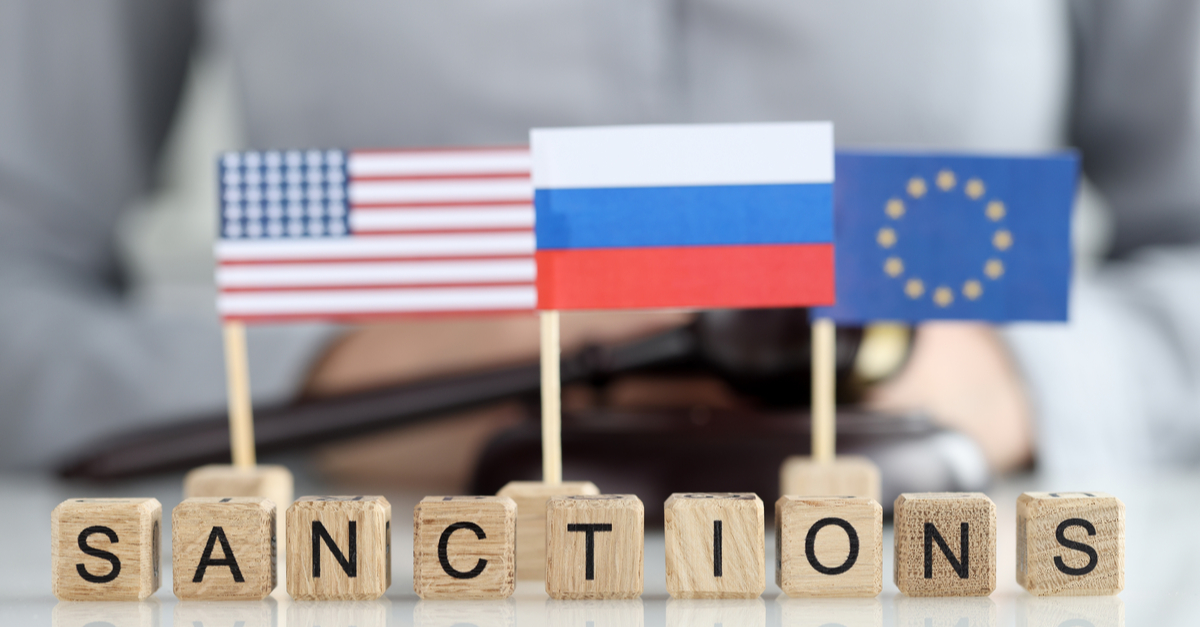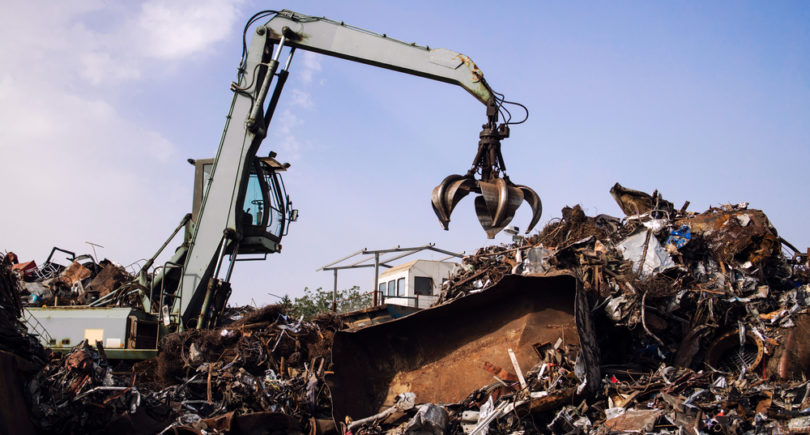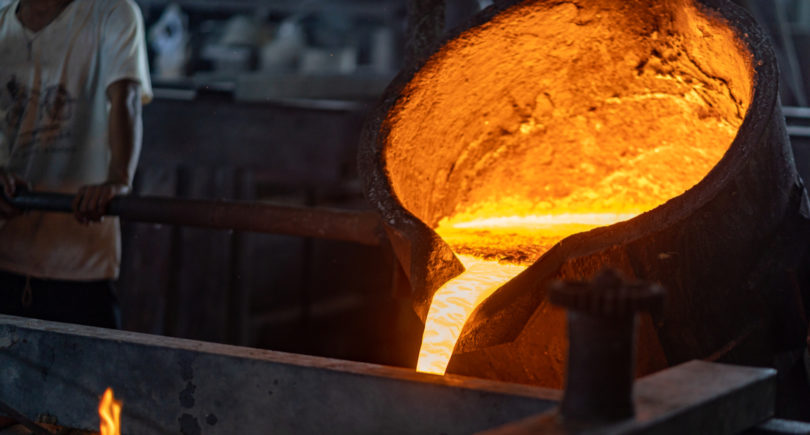
News Global Market Russia 834 16 November 2022
Russian enterprises redirected volumes to Asia and changed the sales portfolio
The impact of sanctions against the Russian Federation on Russian steel exports has been less than expected, and trade flows are currently changing. Anastasia Kononenko, head of SteelOrbis Asia, told about it at the specialized conference.
According to her, Russian enterprises redirected some volumes of production to Asian markets, focused on the domestic market and worked through third-party companies to circumvent sanctions. In the first half of 2022, the export of basic steel products from the Russian Federation (billets, slabs, rolled products, graded rolled products and pig iron) decreased by 5% y/y, domestic consumption of Russian steel fell by 10-15% on average in annual terms, production – by 7% (the forecast at the end of 2022 was 15%).
In addition, the expert noted, the sales portfolio of Russian products has also changed. A sharp drop in the export of rolled products (this segment was the most affected by Western sanctions) was compensated by an increase in the supply of semi-finished products and pig iron. In particular, the share of semi-finished products increased from 55% to 63% in 6 months of 2022, but there is a certain disproportion by types of products.
The supply of billets in the first half of 2022 decreased by 12% y/y, the main buyer is Turkiye. The export of slabs increased by 22% y/y in this period, the largest buyers were Turkiye and China. At the same time, Europe replaced Ukrainian slabs with Asian ones, and the volume of imports of these products from the Russian Federation has not undergone significant changes at the moment – the ban on their supply provided for by the eighth package of EU sanctions will enter into force in 2024.
In general, the head of SteelOrbis Asia noted, that the sanctions had less impact on sales of Russian semi-finished products on the Asian market than on some Western markets, but trade flows have changed. Thus, in June 2022, Russian billet exports to the Philippines dropped to zero due to payment problems and fears of secondary sanctions from the US. At the same time, Taiwan became the largest buyer of this type of product in Asia despite the price reduction. China remains a permanent buyer of semi-finished products of Russian origin.
The result of the war and the efforts of the Russian Federation to maintain its share of exports was also a constant drop in prices on the world steel market. In particular, billet prices rose sharply after the start of the full-scale Russian invasion of Ukraine due to fears of supply disruptions, but subsequently declined.
According to the expert, the further future of Russian exports depends on sanctions and markets to which the Russian Federation will have access. However, prices for Russian products will remain lower compared to products of other origins. In general, Russia will lose its share of the export market due to alternative suppliers.
As GMK Center reported earlier, the European Commission is working on a scheme to block steel products made from Russian slabs in countries outside the EU. This will lead to certain changes in the market, in particular, many moving companies outside the EU are already starting to look for semi-finished products from other suppliers.
Also, British steelmakers urged the government to follow the EU’s lead in closing a sanctions loophole that allows indirect imports of Russian steel from third countries.



